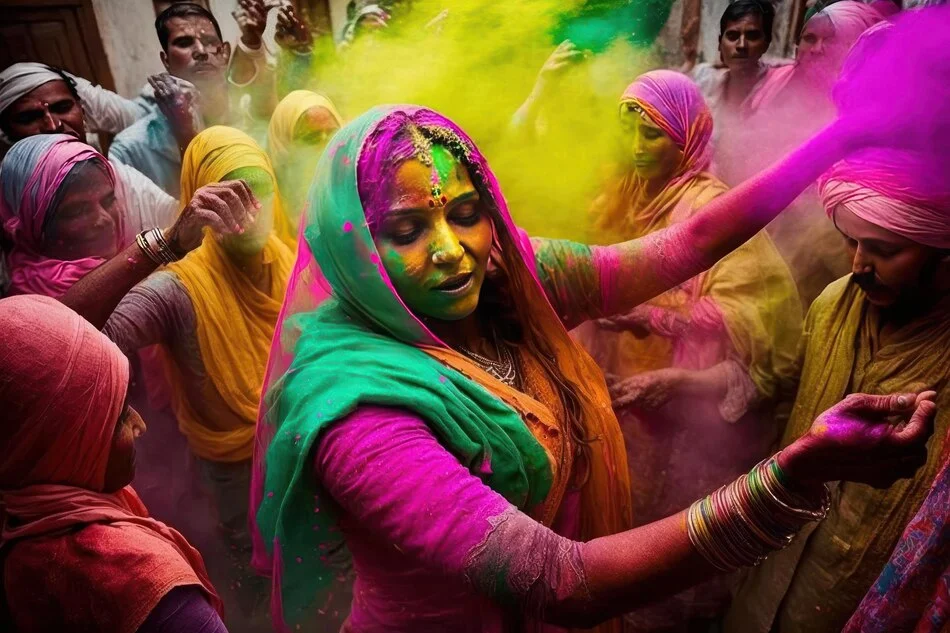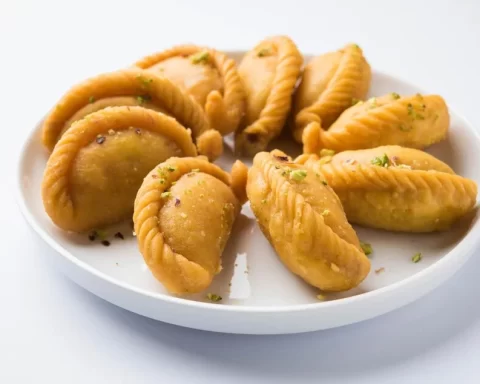Holi, the festival of colors, is one of the most vibrant and joyous celebrations in India. The festival marks the arrival of spring and the triumph of good over evil, with people coming together to play with colors, share sweets, and revel in the spirit of unity. However, what makes Holi truly fascinating is the diverse and unique ways in which it is celebrated across different regions of the country. From the traditional Lathmar Holi in North India to the eco-friendly Rang Panchami in Maharashtra, each state has its own distinctive style of celebrating this colorful festival.
Lathmar Holi in Uttar Pradesh
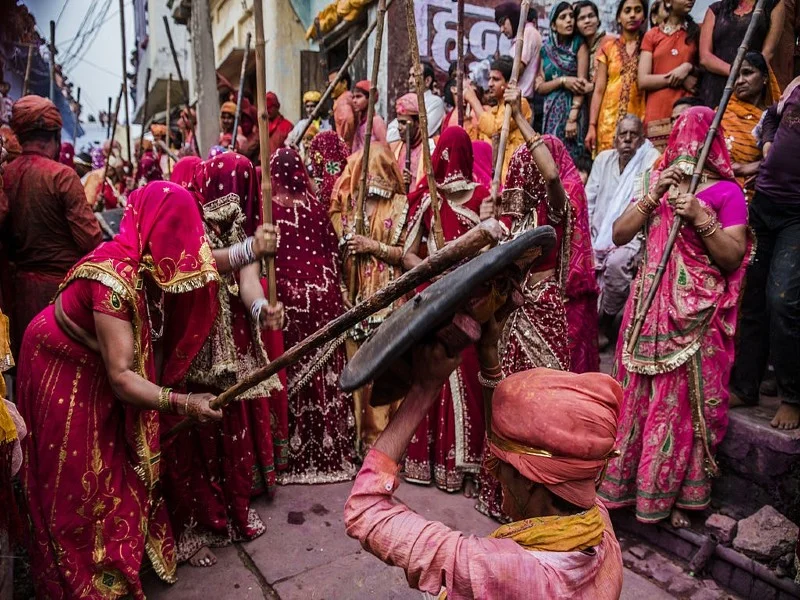
Uttar Pradesh, the birthplace of Lord Krishna, is famous for its unique Lathmar Holi celebrated in the towns of Barsana and Nandgaon. In Barsana, women playfully beat men with sticks, symbolizing the teasing and playful aspect of Lord Krishna’s legendary pranks on the gopis (milkmaids). The men, in turn, use shields to protect themselves and douse the women with colored powders. This lively and spirited celebration attracts tourists from around the world who come to witness this colorful and energetic spectacle.
Shantiniketan’s Basanta Utsav in West Bengal
In West Bengal, the renowned poet and Nobel laureate Rabindranath Tagore introduced a unique way of celebrating Holi known as Basanta Utsav. Celebrated at Shantiniketan, the university founded by Tagore, Basanta Utsav is characterized by cultural programs, dance, and music performances. The students and faculty dress in traditional yellow-colored attire, symbolizing the vibrancy of spring, and partake in the festivities with a sense of joy and cultural richness.

Rang Panchami in Maharashtra
Maharashtra celebrates Holi in a distinctive manner known as Rang Panchami. While the festival is observed with the usual enthusiasm and colored powders, the unique twist lies in the tradition of breaking earthen pots filled with buttermilk. Groups of young men form human pyramids to reach and break these pots suspended high above the ground. The breaking of the pot symbolizes the playful antics of a young Krishna, who was known for stealing butter. Rang Panchami combines the joy of colors with the thrill of this unique tradition.
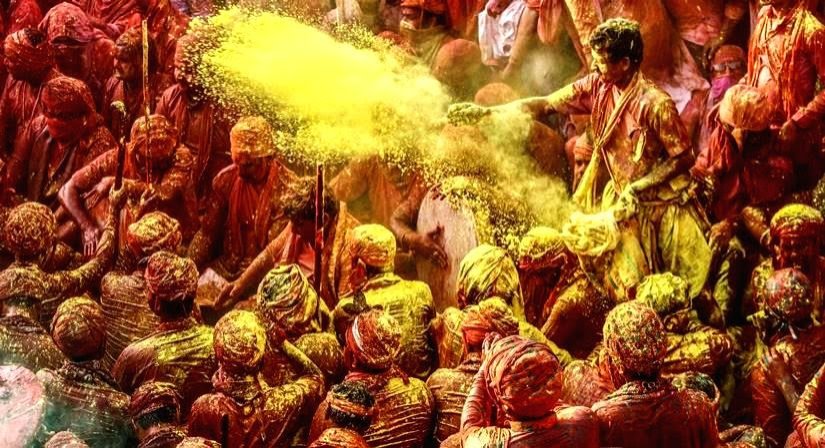
Dol Yatra in West Bengal and Odisha
In West Bengal and parts of Odisha, Holi is celebrated as Dol Yatra, commemorating the divine love between Lord Krishna and Radha. Devotees carry idols of Radha and Krishna in colorful processions, singing devotional songs and dancing. The festivities involve smearing each other with colored powders and throwing water balloons, creating a lively and spirited atmosphere. Dol Yatra brings a cultural and spiritual dimension to the celebration of Holi in these regions.
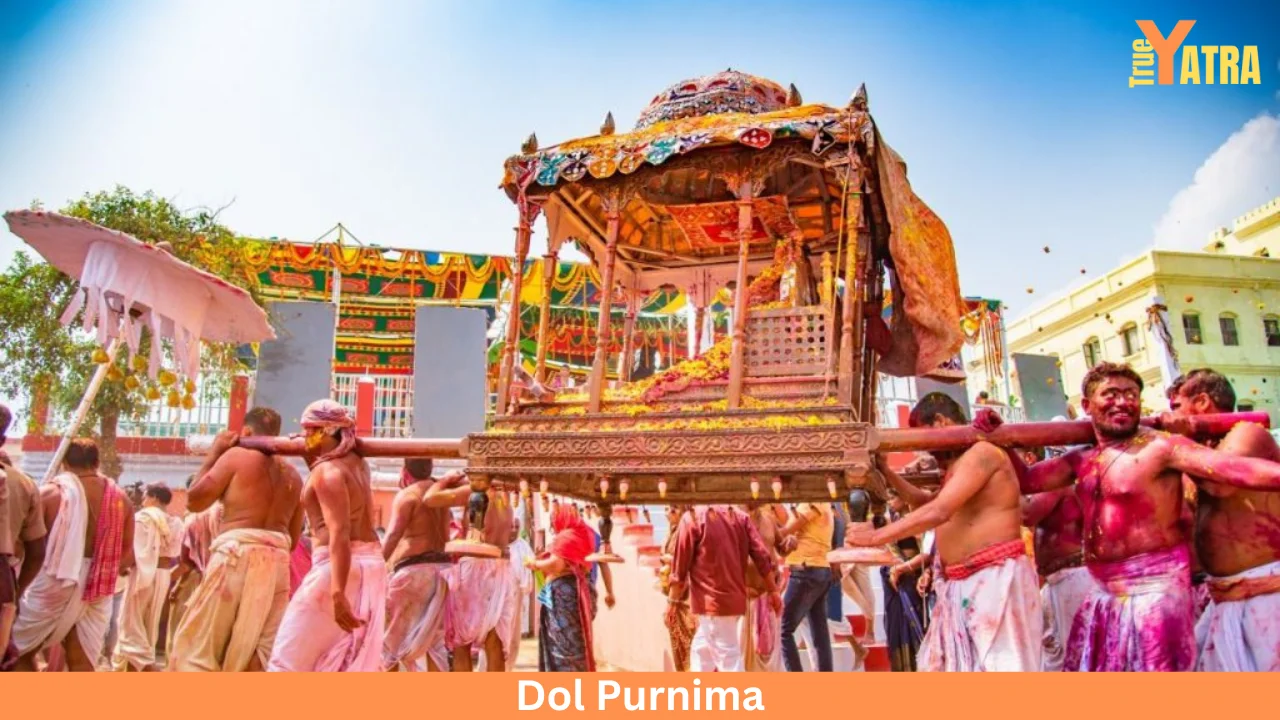
Kumaoni Holi in Uttarakhand
Uttarakhand has its own version of Holi known as Kumaoni Holi, celebrated with traditional songs, dance, and unique rituals. One of the distinctive features of Kumaoni Holi is the community bonfire known as Holika Dahan. People gather around the bonfire to perform rituals and seek the blessings of the fire god. The next day, the festival is celebrated with the usual fervor of playing with colors and indulging in traditional Kumaoni dances, creating a harmonious blend of religious and cultural elements.
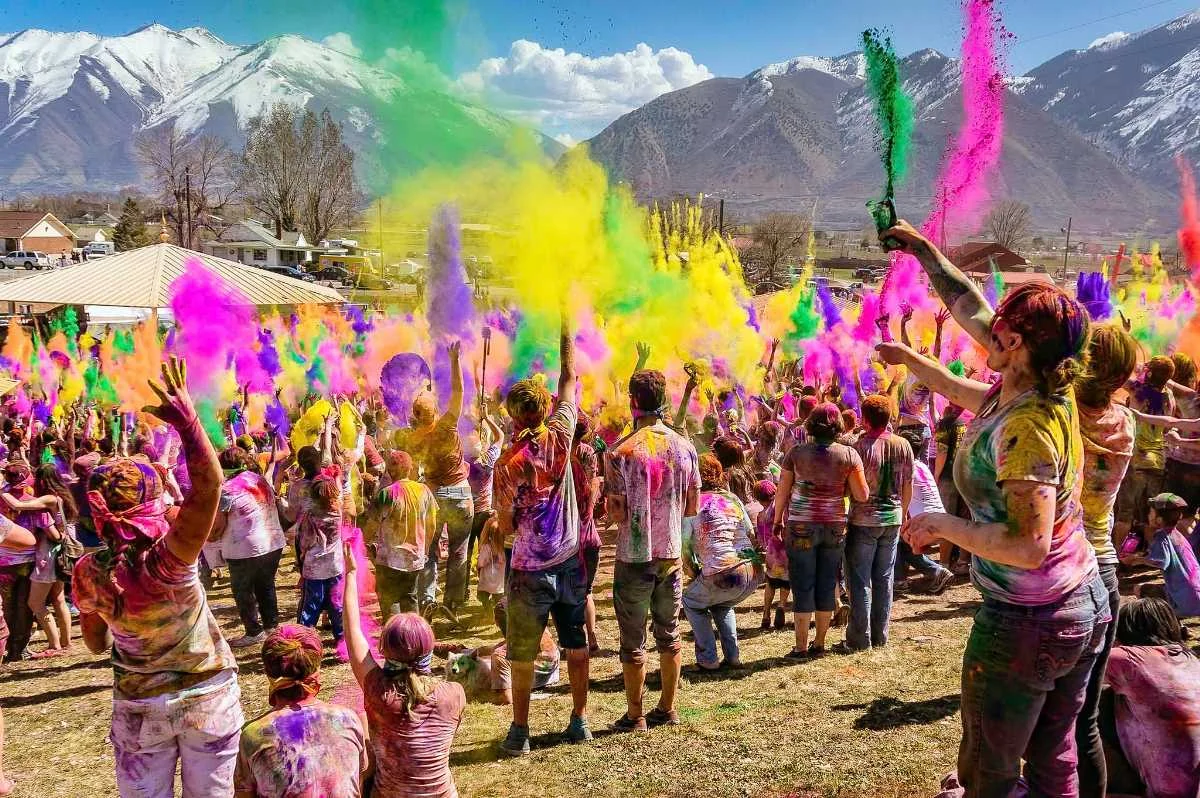
Hola Mohalla in Punjab
In Punjab, Holi coincides with the Sikh festival of Hola Mohalla, which was established by Guru Gobind Singh, the tenth Sikh Guru. Hola Mohalla is marked by martial arts demonstrations, mock battles, and processions showcasing the valor and courage of the Sikh community. While the festival retains the traditional elements of playing with colors, the martial arts displays add a unique and exhilarating dimension to the celebration, reflecting the warrior spirit of the Sikh tradition.
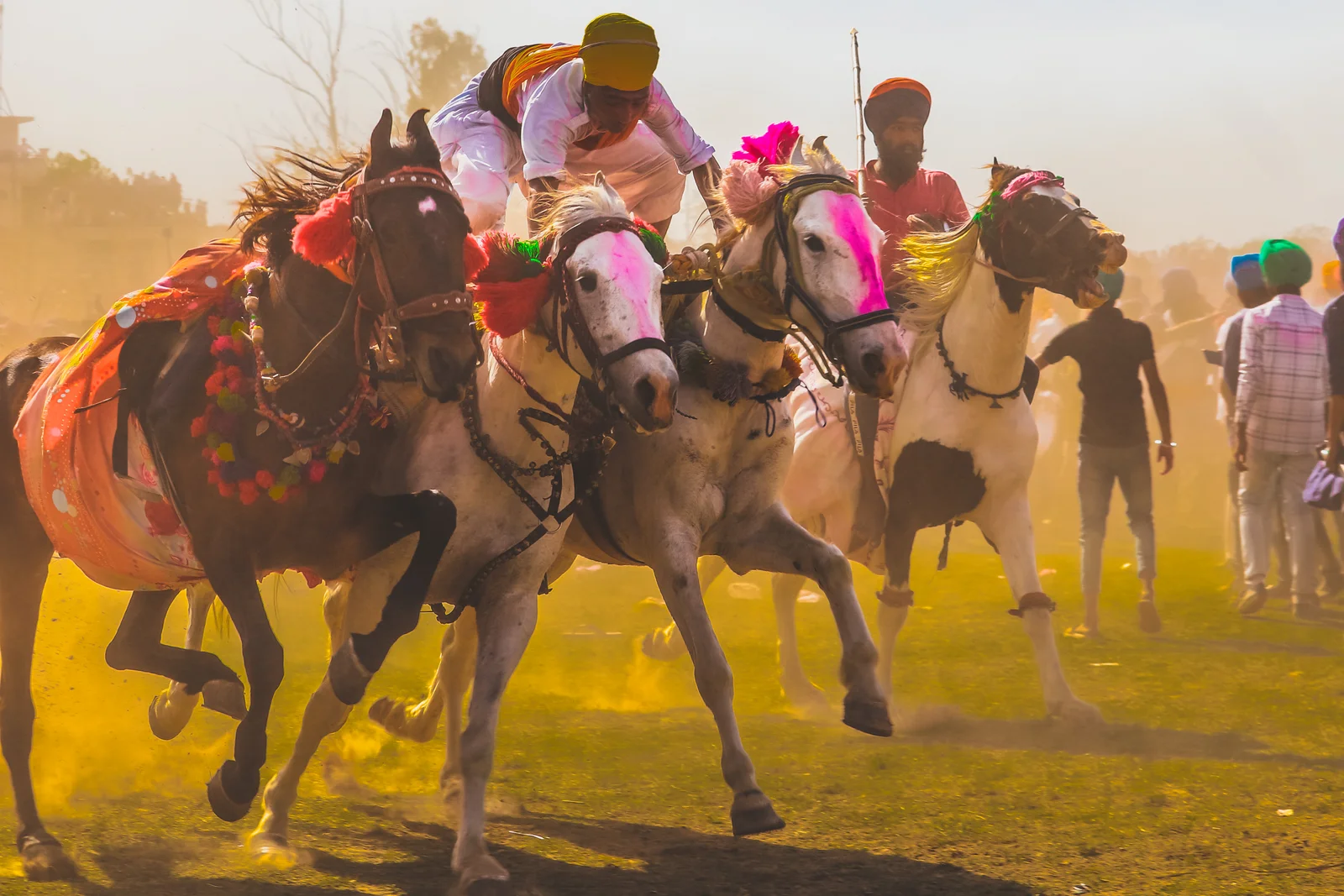
Also Read : 5 Gujiya Twists to Tantalize Your Tastebuds This Holi 2024!
Vrindavan’s Raas Leela in Uttar Pradesh
Vrindavan, the mystical town associated with Lord Krishna, celebrates Holi with a unique cultural event called Raas Leela. Devotees reenact the divine dance of Krishna and the gopis, infusing the celebration with a sense of spirituality and devotion. The town becomes a sea of colors as people come together to sing devotional songs, dance, and play with vibrant hues in the enchanting ambiance of Vrindavan.
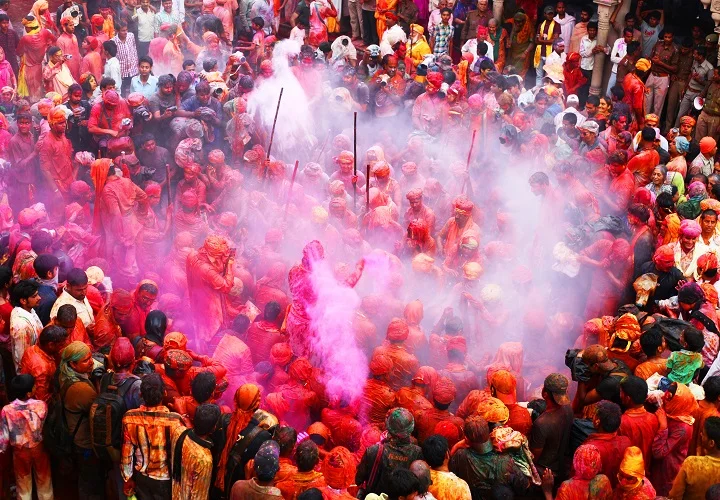
Mathura’s Lathmar Holi Celebrations
Mathura, another sacred city linked to Lord Krishna’s childhood, hosts grand Holi celebrations attracting devotees and tourists alike. The festivities include traditional processions, temple rituals, and the iconic throwing of colors at the Dwarkadheesh Temple. Mathura’s Holi is renowned for its fervor and exuberance, reflecting the deep cultural and religious significance of the festival in this historic city.
Manjal Kuli in Kerala
Kerala, known for its rich cultural heritage, celebrates Holi in a unique way called Manjal Kuli. People gather in groups and apply turmeric paste on each other, symbolizing purification and spiritual cleansing. The yellow hue of turmeric adds a vibrant touch to the festivities, and the celebration is accompanied by traditional music and dance.

Phaguwa in Bihar
Bihar observes Holi as Phaguwa, and the celebrations start a week before the actual day. People light bonfires and pray for the victory of good over evil. The festival is marked by singing traditional folk songs called “Phaguwa geet” and playing with dry and wet colors. The celebration of Phaguwa reflects the cultural essence and folklore of the region.
Conclusion
Holi, the festival of colors, is a testament to India’s rich cultural diversity, with each region adding its own unique flavor to the celebration. From the boisterous Lathmar Holi in Uttar Pradesh to the serene Basanta Utsav in West Bengal, the country is a kaleidoscope of colors and traditions during this vibrant festival. These diverse celebrations not only showcase the cultural richness of India but also serve as a reminder of the unity in diversity that defines the nation. As people come together to play with colors, share laughter, and embrace the spirit of Holi, they collectively paint a beautiful picture of unity, joy, and the triumph of good over evil.
To Get more such updates and crucial information stay in touch with The Digital Today.

